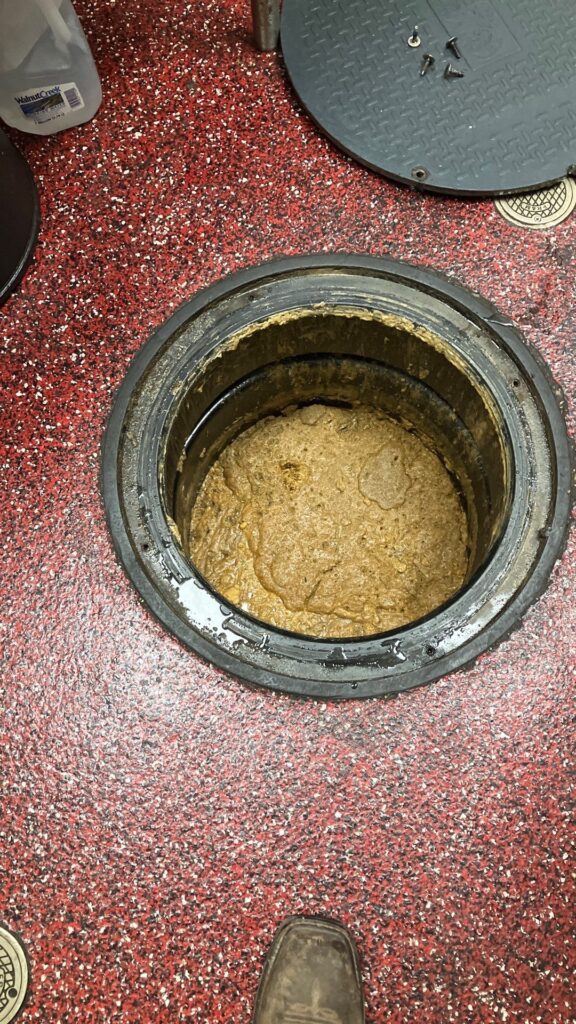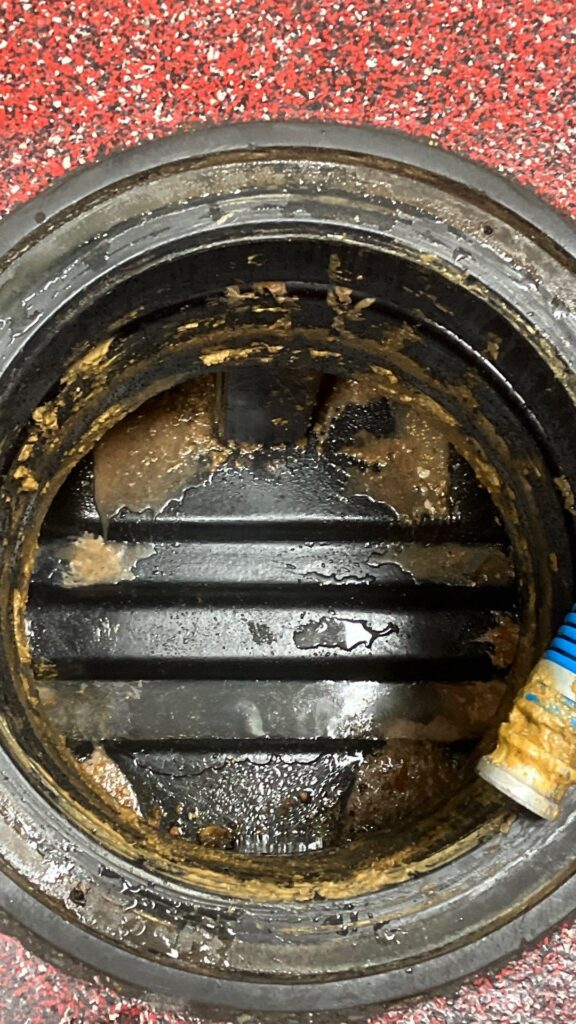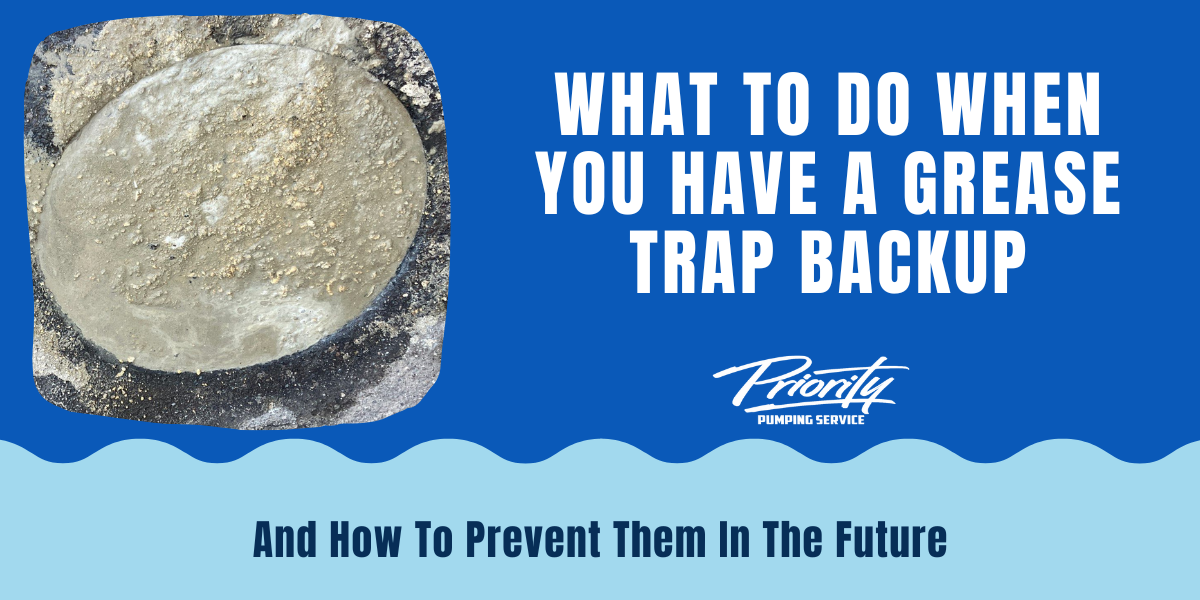A grease backup in a restaurant is a nightmare for both the kitchen staff and the business owner. It’s not just an unpleasant inconvenience—it can disrupt operations, cause expensive damage, and even lead to health code violations. Grease buildup is a common cause of backups, but the good news is that there are steps you can take to handle the situation and prevent future issues.
Signs You Have a Grease Backup
Grease backups in a commercial kitchen don’t happen without warning. Most of the time, the problem starts small and gradually worsens until it becomes a major issue. Here are some signs to look out for:
- Slow drains – If sinks, dishwashers, or floor drains are draining slowly, grease buildup may be clogging your system.
- Foul odors – A strong, unpleasant smell from your drains can indicate stagnant grease and wastewater.
- Water pooling in the kitchen – If you notice water or grease pooling near the drains or on the floor, your grease trap is likely overwhelmed.
- Overflowing grease trap – An obvious sign that your grease trap needs attention is visible grease overflow.
If you see any of these signs, it’s crucial to act fast. A grease backup can spread throughout your kitchen, causing hygiene issues, equipment damage, and operational downtime.


What to Do When a Grease Backup Happens
When you first notice a grease backup in your restaurant, it’s important to take immediate action to prevent further problems. Here’s what to do:
- Stop using water – Temporarily cease dishwashing, food prep, and any other activities that require water. Continuing to use water will push more grease and wastewater into an already backed-up system.
- Contain the mess – If there’s grease or wastewater on the floor, quickly contain it to prevent it from spreading. Use absorbent materials like rags or absorbent pads to soak up excess grease.
- Notify your team – Inform the kitchen staff and any other employees who might be using the plumbing so they know to avoid using the system until it’s fixed.
Call a professional – Grease backups are best handled by experienced professionals. Priority Pumping can come to your restaurant, assess the situation, and provide the right solution. A technician will likely need to pump out the grease trap, remove any blockages, and check for any damage to your system.
Preventing Future Backups
After resolving the grease backup, take proactive steps to prevent it from happening again. Proper maintenance is key to keeping your grease trap functioning efficiently. Here are a few tips to help you avoid future backups:
- Schedule regular grease trap pumping – Depending on the size of your restaurant and how much grease you generate, grease traps should be pumped at least every 3 to 6 months.
- Educate your staff – Train kitchen staff on what can and cannot go down the drain. Never pour grease, oil, or food scraps down the sink. Encourage staff to scrape plates and pots into a designated container before washing them.
A grease backup is something no restaurant owner wants to deal with, but it’s a manageable issue with the right approach. Regular maintenance, proper staff training, and quick action can help keep your kitchen running smoothly and ensure compliance with health and safety regulations.




